
In the last column we looked at the 2- and 2½-inch .410s, the origins of which are a bit murkey. The 3-inch round suffers from no such ambiguity.
The Great Depression of 1929 had dealt a fatal blow to Winchester Repeating Arms Company. Western Cartridge Co., a profitable and well-managed business, had reportedly been looking for a gun manufacturer to buy and ended up owning Winchester in December of 1931.
Western Cartridge Company owners Franklin W. Olin and his sons John M. and Spencer T. soon discovered they were also owners of a new pump shotgun design specifically tailored for the 21⁄2inch .410 shell. Begun in 1928 by Winchester engineer William Roemer, it was slated for production in 1932, but was now delayed for a very important reason.
A new long-range shotshell called SUPER-X from Western Cartridge Co. was gaining much attention among duck hunters. Western’s home in East Alton, Illinois, was on the great Mississippi River. This made such a shell quite logical. However, there was not yet such a thing as plastic shotshell components. Improvements had to come from paper wad design, harder shot and new progressive burning powders.
The chronicles tell us John M. Olin was an avid shotgunner who, along with some of his pals, thought the .410 should be improved for bird hunting. Thus Western Cartridge Co. lengthened the case to 3 inches, which upped the payload capacity to 3⁄4 ounce. Super-X technology was then applied to the round. It was announced in the 1934 edition of Western’s ammunition catalog.
Shot sizes were numbers 4, 5, 6, 71 ⁄2, 8, 9 and 10. A 1⁄5-ounce roundball was also loaded.
この記事は Handloader の June - July 2020 版に掲載されています。
7 日間の Magzter GOLD 無料トライアルを開始して、何千もの厳選されたプレミアム ストーリー、9,000 以上の雑誌や新聞にアクセスしてください。
すでに購読者です ? サインイン
この記事は Handloader の June - July 2020 版に掲載されています。
7 日間の Magzter GOLD 無料トライアルを開始して、何千もの厳選されたプレミアム ストーリー、9,000 以上の雑誌や新聞にアクセスしてください。
すでに購読者です? サインイン

OEHLER's New System 89 Chronograph
Measuring Bullet Performance Downrange
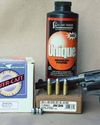
The Problem with Low Pressure Loads
Bullets & Brass
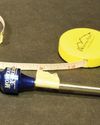
Measurements for Rifle Handloading
Handy Techniques for Accurate Ammunition
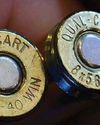
THE BRASS RING
In Range
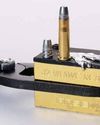
Semi-custom Bullet Moulds
Mike's Shoot in' Shack
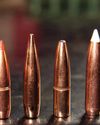
REVISITING THE 6.5 -06 A-SQUARE
Loading New Bullets and Powders
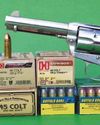
Cimarron Stainless Frontier .45 Colt
From the Hip
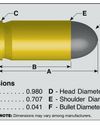
9x18mm Makarov
Cartridge Board
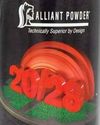
Alliant 20/28
Propellant Profiles
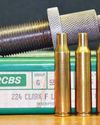
.224 Clark
Wildcat Cartridges